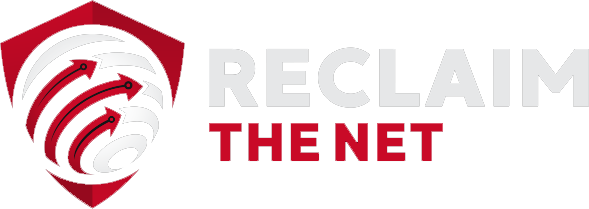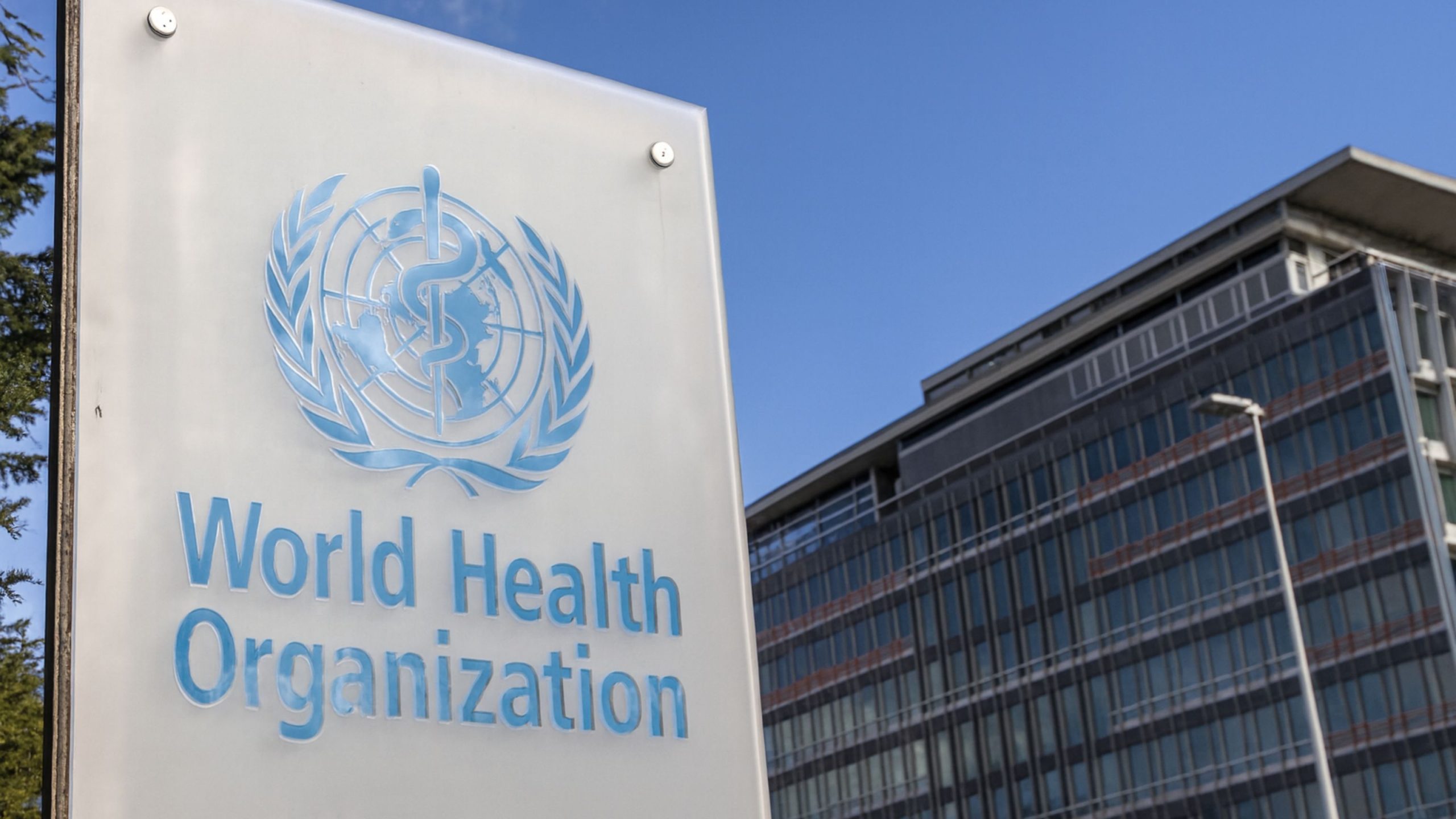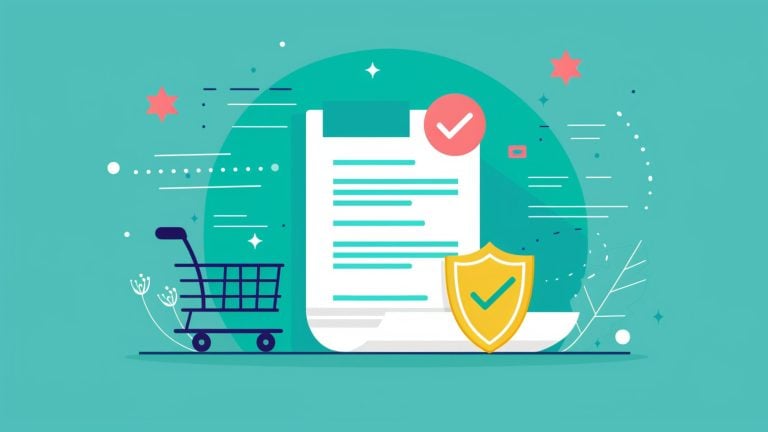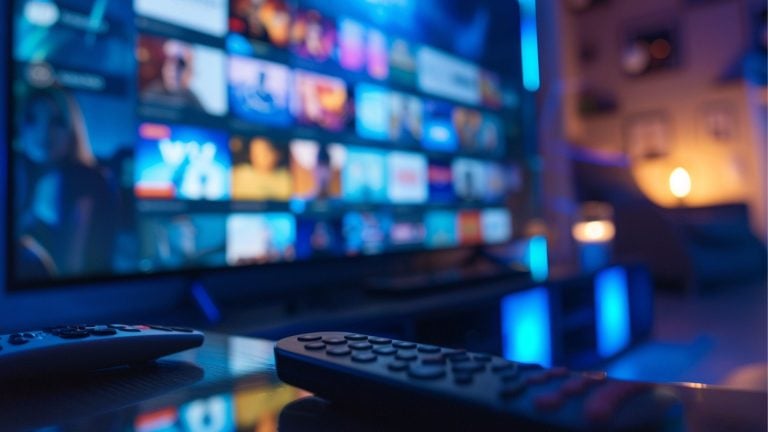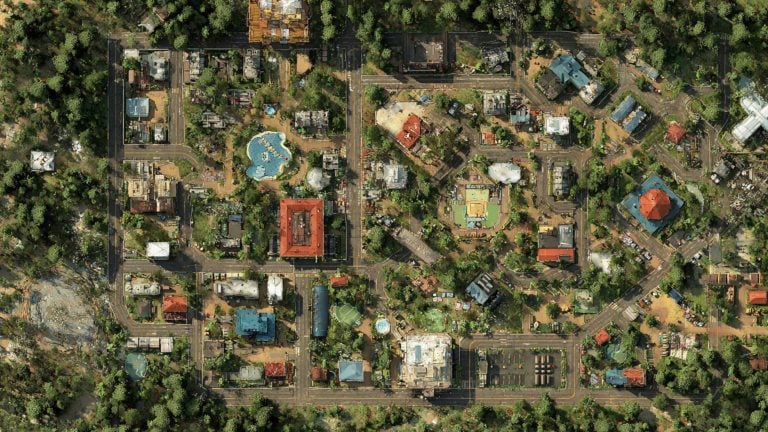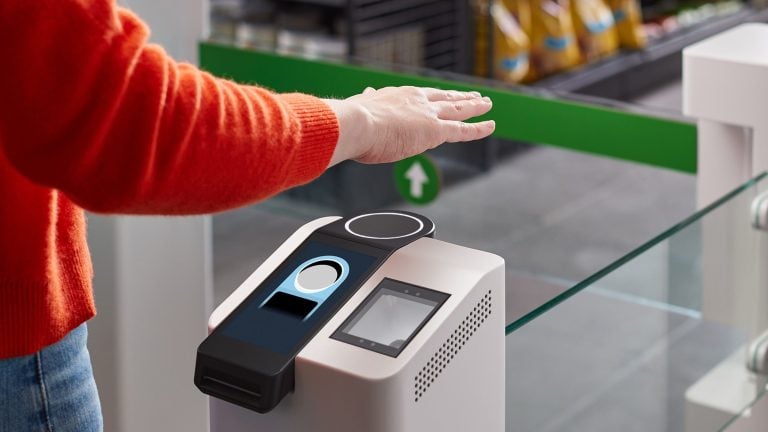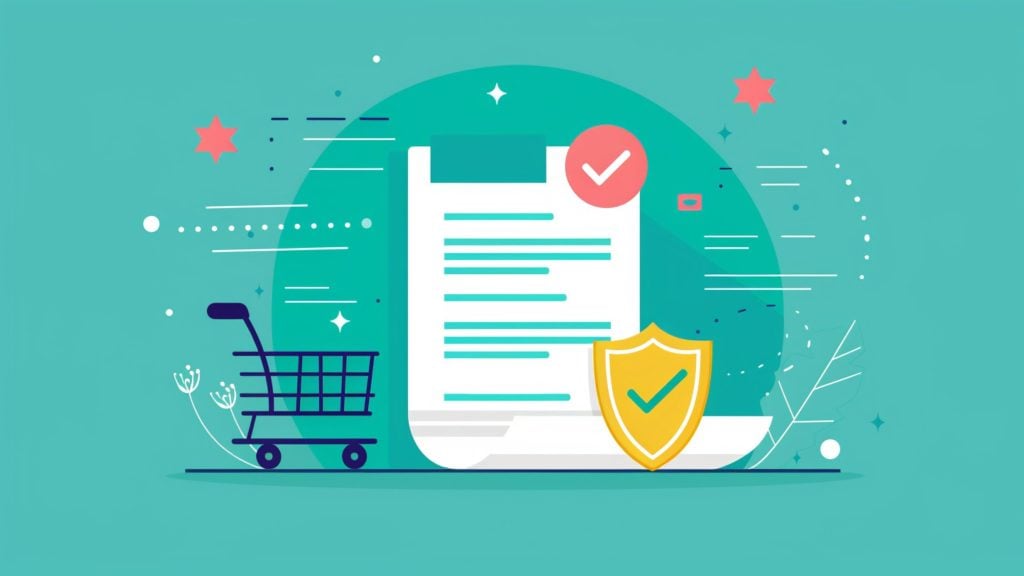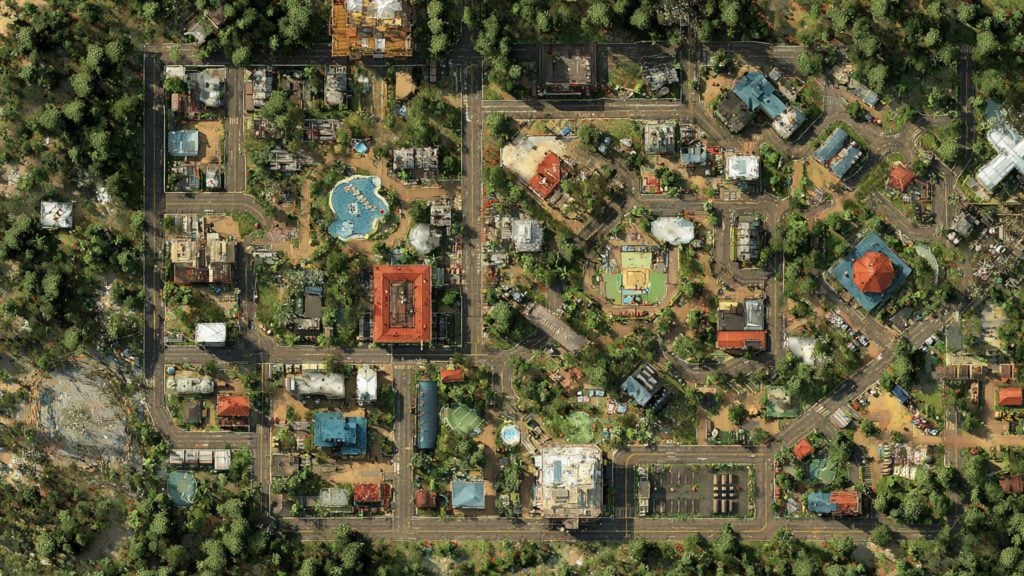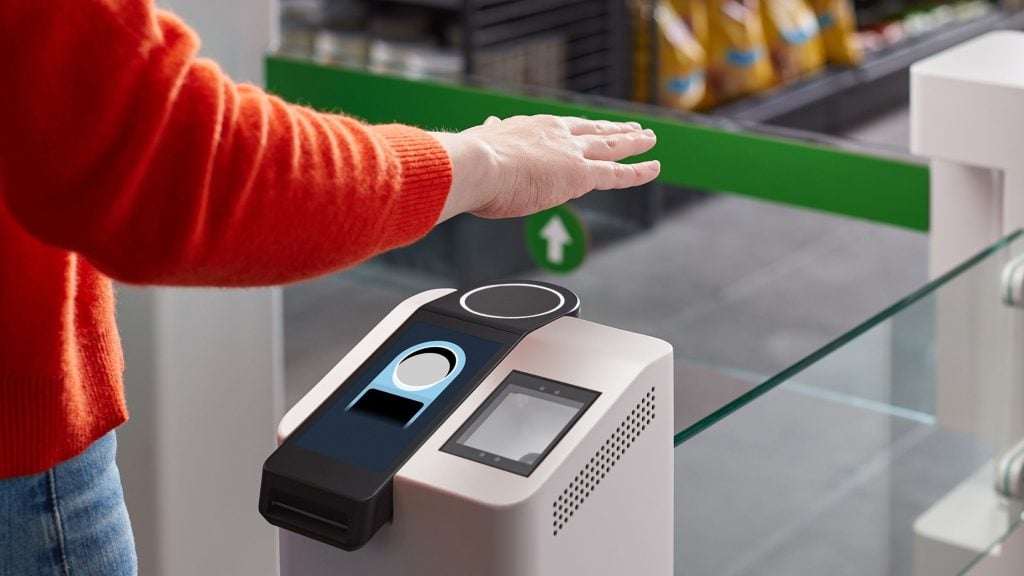The World Health Organization has introduced a major overhaul of its global monitoring network, unveiling an AI-powered platform that tracks online conversations and media activity in real time.
Known as Epidemic Intelligence from Open Sources 2.0 (EIOS), the system is being presented as a new step in “pandemic preparedness,” but its reach extends well beyond disease surveillance.
The upgrade is part of a growing merger between health monitoring, digital tracking, and centralized information control.
Developed with the European Commission’s Joint Research Centre (JRC), the new version of EIOS is designed to scan the internet for signals of emerging health threats.
According to the WHO, it now automatically analyzes social media posts, websites, and other public sources to detect possible outbreaks.
While this is described as a tool for early warning, it effectively allows a global health authority to observe the world’s digital conversations under the banner of safety.
The WHO’s EIOS Collaboration page indicates that partners are also exploring projects such as “News Article Credibility Detection” and “Misinformation Classification Systems.”
These initiatives suggest a growing interest in shaping how information is categorized and filtered.
The latter effort appears linked to the JRC’s “Misinfo Classifier,” released in 2020, which the JRC described as an AI program that detects “fake news” by analyzing the tone and intensity of language in articles.
The organization claimed the tool achieved an 80% success rate and stated that “this is comparable to the state of the art right now.”
At the time, the JRC said the classifier was already in use by the European Commission and European Parliament, and that it would soon be shared with professional fact-checking organizations.
The existence of that project highlights how data analysis and information control are being integrated into public health infrastructure.
The WHO reports that EIOS now operates in more than 110 countries and collaborates with over 30 organizations, including national governments and the European Commission. The platform is being offered “free of charge” to eligible users, along with training materials and support.
This approach ties national monitoring systems directly into a WHO-managed network that continuously gathers and processes global data.
The WHO’s concept of “social listening” sheds more light on this strategy. It defines social listening as “the process of listening to and analyzing conversations and narratives” to understand people’s “attitudes, knowledge, beliefs, and intentions.”
In practical terms, this means that the organization is not only collecting data about disease but also analyzing how citizens think and communicate online.
In its October 13 announcement, the WHO described EIOS 2.0 as “more open, more agile and more inclusive.”
However, under that language lies an expanding surveillance framework that uses artificial intelligence to interpret global social behavior.
A system supposedly for improving health security could easily function as a tool for monitoring public opinion and online expression.
This initiative combines artificial intelligence, government cooperation, and social media tracking under the label of global health security. It represents a change from traditional disease control toward the ongoing analysis of public communication, where algorithms determine which discussions appear “relevant” or “misleading.”
This is something that the WHO has been looking at implementing for some time.
For countries choosing to adopt EIOS, dependence on WHO data and analysis may come at the cost of digital independence.
Under the justification of protecting public health, the WHO is establishing an always-on digital network that watches, classifies, and evaluates global discourse, quietly redefining what it means to manage health and information in the same breath.
